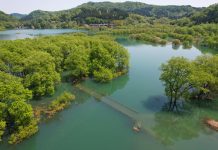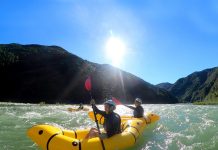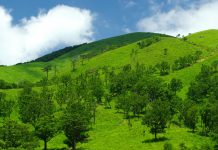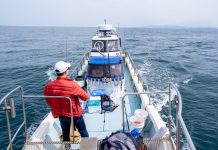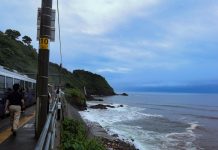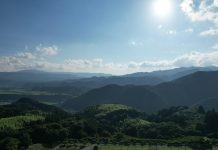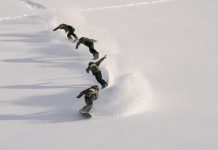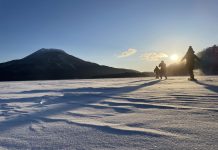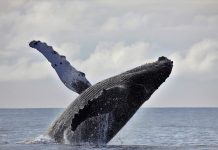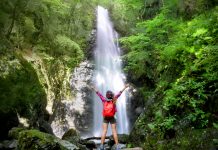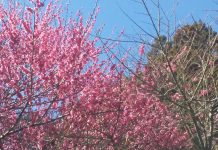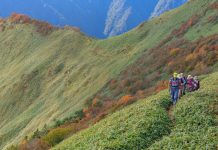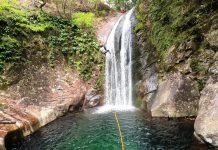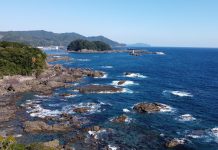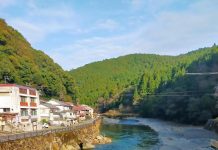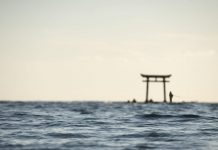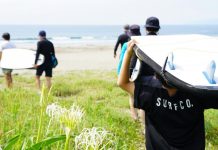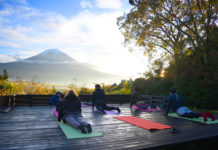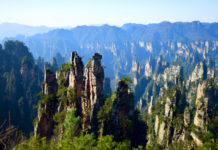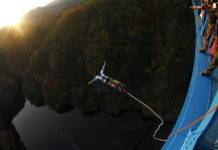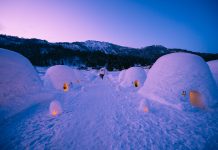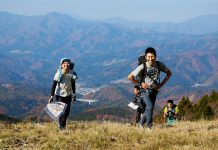Rising fuel prices, a declining fish population and diminishing returns conspire to against one of Japan’s living cultural treasures, the ryoshi.
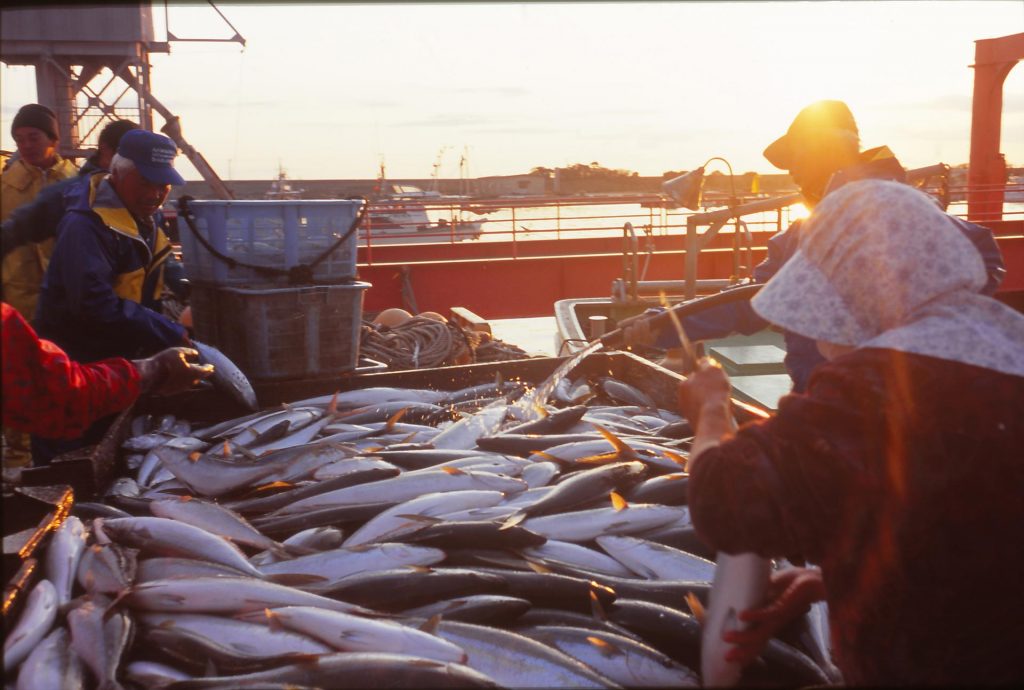
The first thing to come to mind when you think about Japanese food is likely to be sushi. I wasn’t raised near the ocean, but when there was a special occasion or guest visiting, my mother would call the sushi-ya near our house for some nigiri-zushi. Word would spread quickly among us kids, and we could hardly contain ourselves. The round black-and-red tray would be filled with the delicious colors of various sushi — yellow roe, red tuna, orange ikura, white squid.
You can’t think about sushi without thinking about fish, but how about the fishermen who bring the catch to your plate? Even the word “fishermen,” conjures various images, depending on the kind of fish they are after, since the boat and gear will also differ. Those pursuing big migratory fish may have a large crew out on a big ship for weeks at a time. Other types of fishing are completely solitary.
The word “tsuri” is used for sport fishing, but when talking about commercial fishermen, you use the word “ryo” as in an occupation. While the latter doesn’t match wits against the fish as do weekend anglers on catch-and-release missions, they do put their lives on the line out on the ocean working for food, to make a living and to support their families. These “ryoshi,” I believe, are true Japanese fishermen.
Japan is an island nation, so it’s natural for people here to live off the bounties of the sea. There are more than 3,000 fishing ports in Japan, and for generations the sounds of the auctions could be heard each morning as ports rang out with lively voices, overflowing with energy. But this is no longer the case.
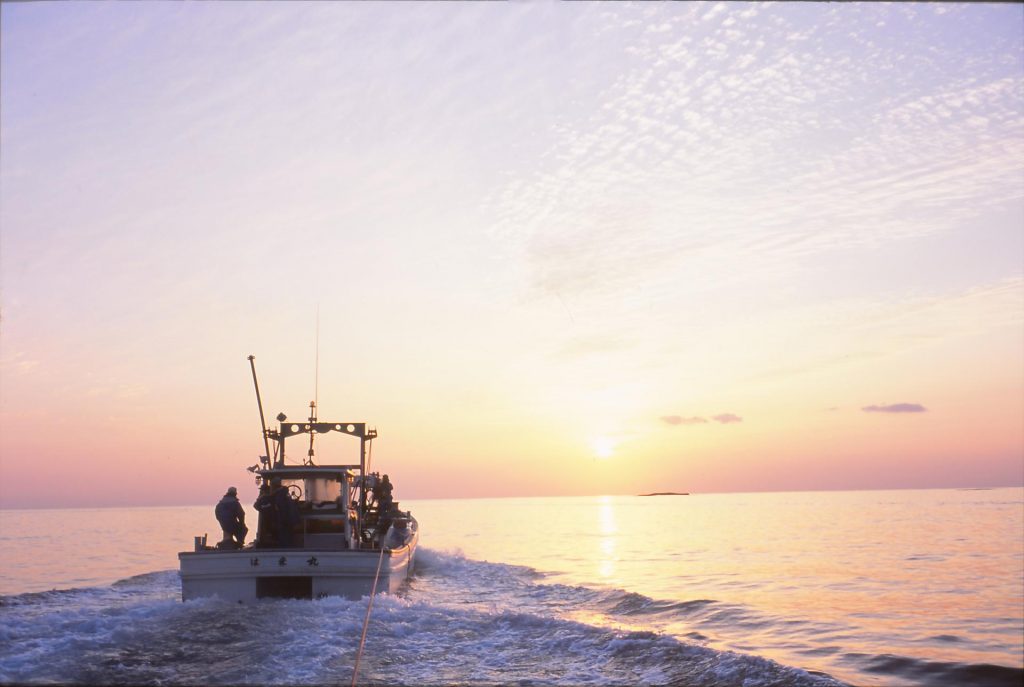
In the Meiji Era, about 100 years ago, Japan’s population was 60 million, of which three million were fishermen; roughly one in every 20 people. Today, out of the 120 million Japanese people, only 220,000 are fishermen, just one in 550. Of that group, 100,000 are older than 60, and only three percent are younger than 25. If things keep progressing this way, the number of Japanese fishermen will be cut in half in 10 years. If this happens, a fishing culture, passed down for more than 10,000 years, will be lost.
What is the reason for this? Part of it has to do with technological “progress” such as GPS and fish finders. In the old days, a place where fish were found was called yamatate; fishermen used mountains as landmarks to remember where good fishing was located, closely guarded secrets handed down generations.
With GPS, however, once the location is recorded, anybody can find it anytime, while fish finders can show the shape of even a single fish. Huge numbers of fish have been easily caught because of this, and refrigeration has allowed the catch to keep longer.
The technology has taken fishing to a global scale, with fish being sold far away from where they are caught. The problem: too many fish have been taken, so numbers have plummeted. As the hauls decrease, the ryoshi aren’t able to subsist. The technology that should have improved things instead started a vicious cycle. As fish are imported cheaply from overseas, supermarkets and restaurant chains have also changed the way they do business.
Even in the tiny, outlying island in southern Japan where I live now, we have salmon from Norway for breakfast. The fish we catch here are shipped to Honshu rather than eaten locally. Food culture seems to be shifting from fish to meat, perhaps due to global warming, but all I know for sure is the environment for fish is getting worse.
The world of the ryoshi
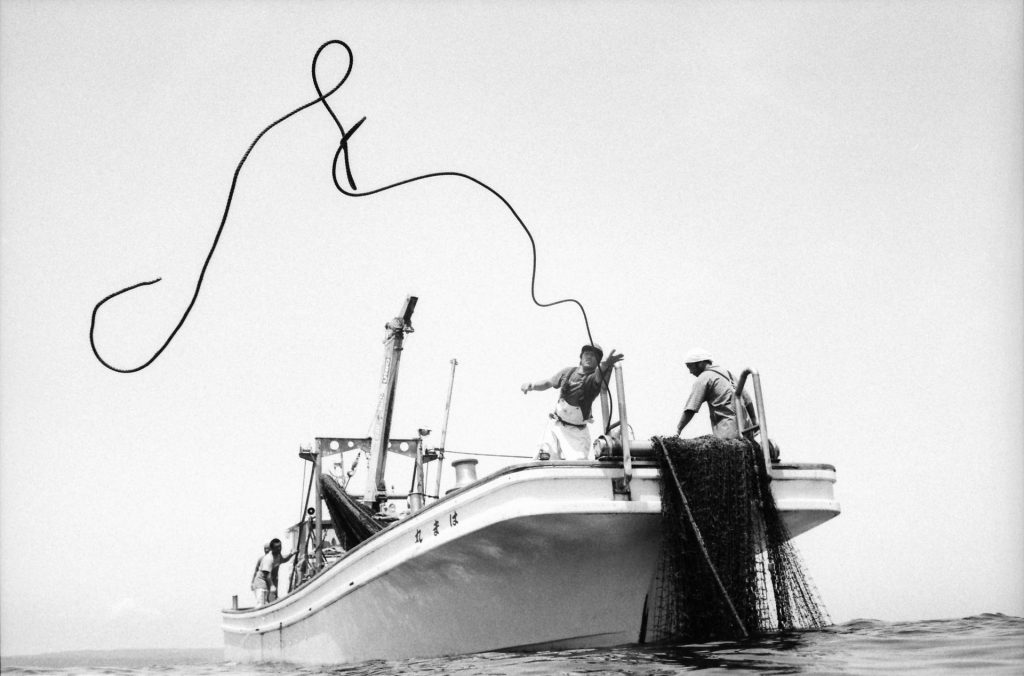
A ryoshi’s boat is a very individual and personal object. It is where the fisherman spends most of his time alone, so it’s usually built and rigged in a way that is user-friendly for him. Tackle dangles off the sides of the boat to lure fish found at about 200 meters below the surface. Things are carefully arranged in the cockpit where rudders and meters are neatly laid out in a row, and there is usually a bag of mikan on which to snack.
A round section of the window has glass that rotates at high speed, throwing off sheets of spray that often envelop the boat. Below deck is the bed, a kamidani (small Shinto shrine), a medicine box and tools. Everything is where it should be.
The ipponzuri is a boat used in the southern islands for bottom fishing. I have known this boat since I first came to the island 12 years ago. An old guy who is always making jokes and his son operate the boat. When I first met the son, he was a student who had just begun surfing and, after commuting back and forth to the island and graduating from a marine high school, he joined his father on the boat.
Today he is the father of three kids and his father is now a grandfather. Maybe it’s because they spend so much time together, but they hardly exchange a word when they’re out at sea, yet I believe they have a wonderful relationship. Craftsmanship handed down in this way is something Japanese have forgotten.
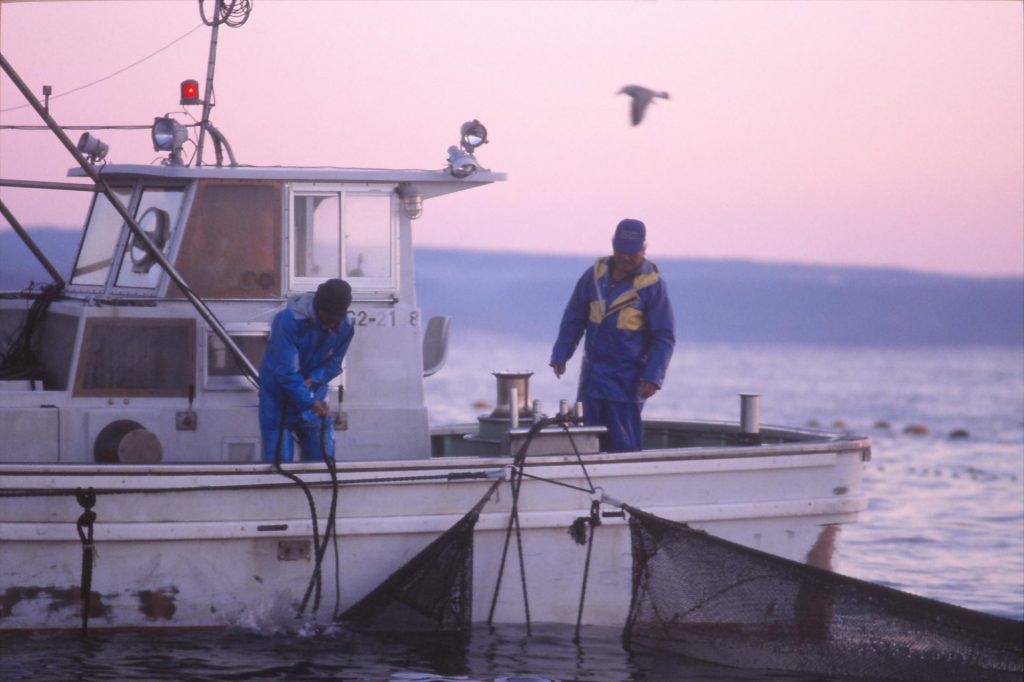
If it’s a calm day, the two of them start early in the morning, preparing ice and bait, while their wives each make three meals worth of bento for their husbands to take with them. They will head out for an hour or two before they come to the fishing grounds, a shelf at about 200 meters, where they will start fishing. They’ll keep an eye on the tide and look for a good place to fish, always moving around and setting out hooks.
As day moves toward evening, they’ll head into shallower waters, about 50 meters deep, aiming at fish moving in to spawn, then keep fishing through the night until it’s time to head in for the morning auction. They land the boat, pack up the catch, hose down the boat, and the day is over. This work day has lasted more than 24 hours.
There is no hourly wage in this profession; it’s about persistently catching enough fish to sell, even when the price of fish drops to dirt-cheap. Whether they go out at all depends on the weather at sea, so when waters are calm, they’ll be out for days at a time. When they are not, they may be off work for days at a time. The one thing you can count on is there is little security; it’s a risky business.
Recently fuel prices have risen steeply, so boats can actually go in the red if they decide to head out of port. The sight of fishing boats remaining at their moorings is becoming common in many ports around the country.
Living Heritage
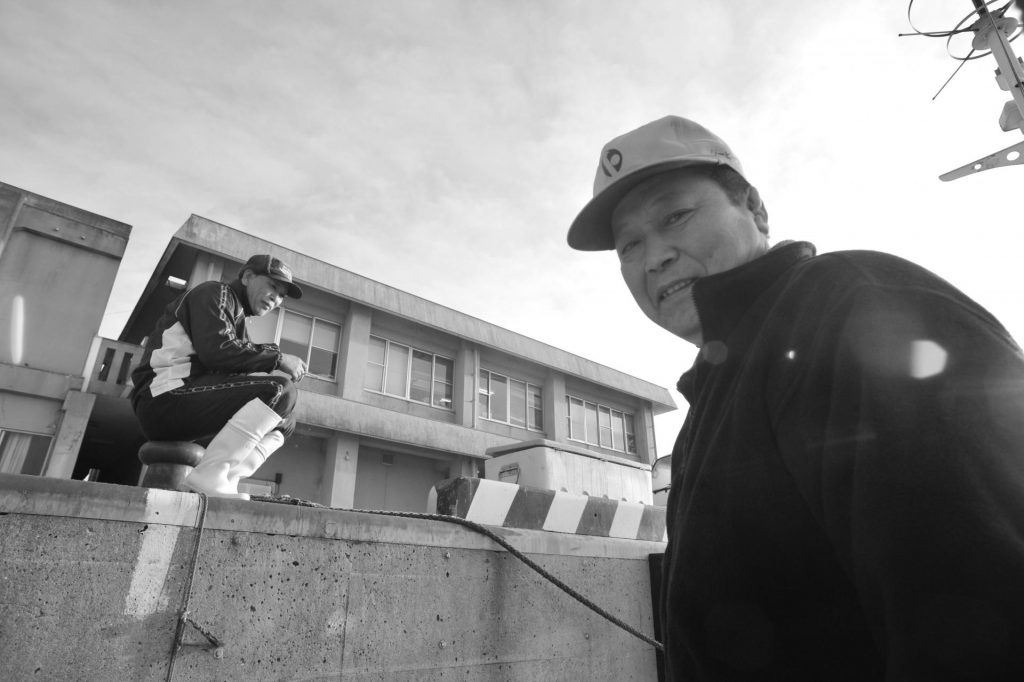
Unbelievably, I’ve heard stories of Japanese housewives who think pre-sliced maguro you buy in a supermarket is actually the way the fish are; little red slices swimming through the ocean. You must think I’m joking, but I’m not.
Nearly all Japanese have the blood of fishermen running through their veins. Today, though, more and more people have lost touch with their fishing roots, while technology continues to develop and the Japanese fishing industry faces falling into obscurity.
People can learn a great deal listening to ryoshi talk about the ocean environment. Yet, as these fishermen are disappearing, we risk losing an important cultural asset. These people are our living history, so shouldn’t they too be worthy of World Heritage designation?
The ryoshi’s life is one based simply on catching living things. It’s a natural way of life, human and animalistic, and one I find fascinating. Although you won’t find Japanese fisherman listed in the Red Book of Endangered Species, I believe they are endangered. Is this future for the ryoshi inevitable—or can it be avoided? If only eating more sushi would solve the problem.

